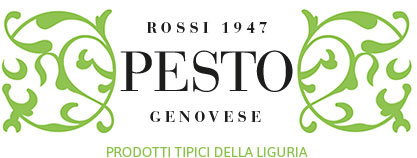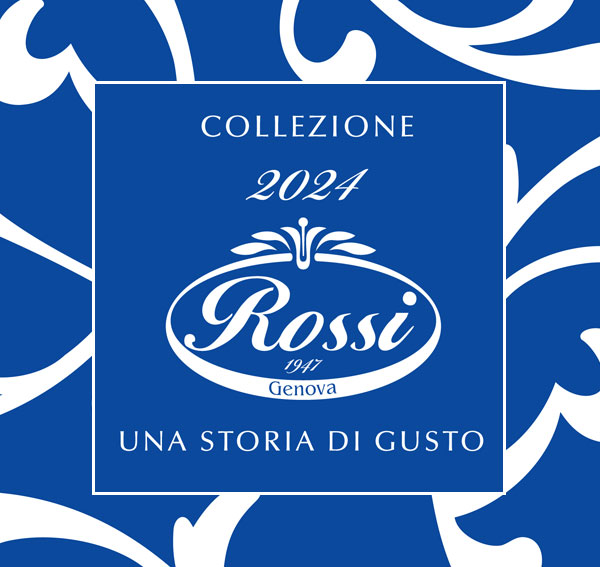To date, Pesto is the second most used sauce in the world for seasoning pasta, and the third by diffusion of production.
The Genoese and Ligurians are very proud of it, unfortunately this diffusion risks distorting the product, the recipe and the name itself, which today is starting to be used for any vegetable-based sauce and for this reason we must keep our guard up.
It is interesting to observe how its worldwide diffusion has been accelerated in recent years by the different uses it makes in the kitchen, abroad it is in fact used to flavor gourmet sandwiches or season meat and fish, allowing it to spread even in countries that do not use pasta with particular frequency.
The origin of Genoese pesto dates back a long way and probably derives from the minced garlic used in Roman times, which was flavored with basil leaves.
Over the years it has been enriched with other ingredients such as cheese and pine nuts.
The Genoese Pesto we know today is made up of 7 ingredients: Genoese basil DOP, extra virgin olive oil, Parmigiano Reggiano DOP, Pecorino Fiore Sardo DOP, pine nuts, Vessalico garlic (Slow Food Presidia) and sea salt from Trapani.
But the ingredients alone are not enough to make an excellent pesto, it takes dexterity, the right experience in selecting the raw material but also love and competence to be aware of the result you want to obtain.
THE RECIPE TO PREPARE GENOESE PESTO IN A MORTAR:
The marble mortar and wooden pestle are the tools traditionally used to prepare Pesto Genovese.
Wash the basil leaves in cold water and put them to dry on a cloth without wrinkling them too much.
In the mortar, a clove of garlic is crushed together with the pine nuts.
Once reduced to a cream, a few grains of salt and unpressed basil leaves are added to fill the cavity.
The Basil is pounded with a gentle rotary movement of the pestle on the walls. Eventually the operation can be repeated.
When the Basil oozes a bright green liquid, add the cheeses, Parmigiano Reggiano and Fiore Sardo. Gradually pour the Riviera Ligure D.O.P. Extra Virgin Olive Oil, ideal for blending all the ingredients without overpowering them.
Processing must be completed in the shortest possible time to avoid oxidation problems.
The indicated sequence is not the only possible one. In Genoa and Liguria everyone has their own secrets: you will never find two "Pesto" alike!







